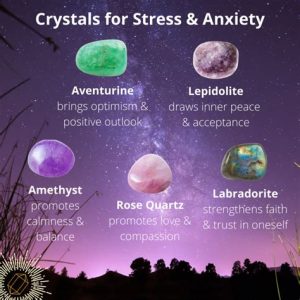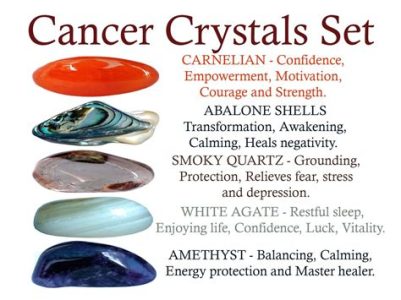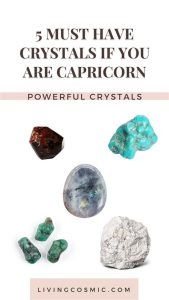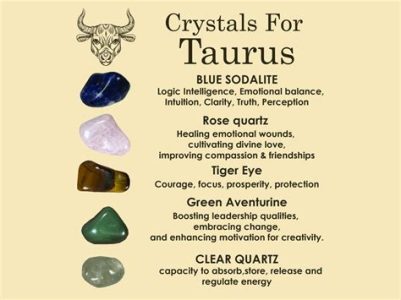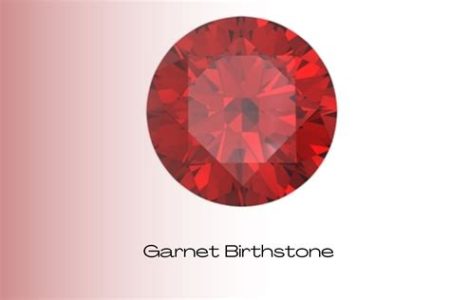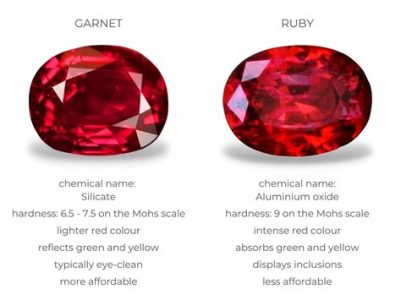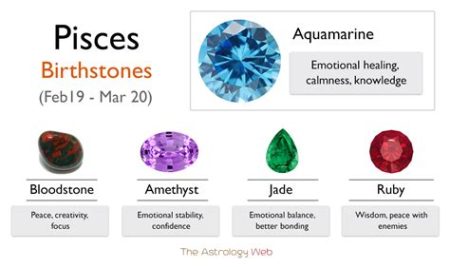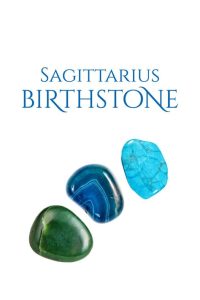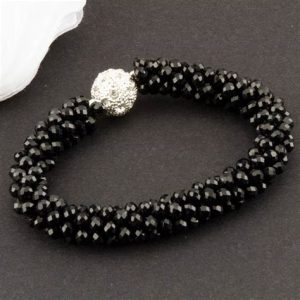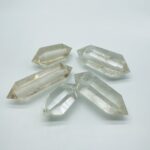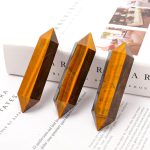Introduction
In the realm of gemstones, polished stones have long held a place of allure and sophistication. Their gleaming surfaces, vibrant hues, and mesmerizing patterns have captivated collectors and jewelry enthusiasts alike. However, the debate between polished and unpolished stones has been a topic of discussion for centuries, with each side offering unique advantages and drawbacks.

Polished Stones: The Epitome of Refinement
Polished stones undergo a meticulous process that transforms their raw, natural state into works of art. Through careful grinding, sanding, and buffing, the stones’ surfaces become smooth and lustrous, revealing their hidden depths of color and intricate patterns. Polished stones are highly prized for their aesthetics and durability, making them ideal for jewelry, decorative pieces, and architectural elements.
Benefits of Polished Stones:
- Enhanced Beauty: Polishing reveals the stone’s true colors, patterns, and brilliance.
- Increased Durability: The smooth surface protects the stone from scratches and damage.
- Versatile Applicability: Polished stones can be used in a wide range of applications, from jewelry to sculptures.
- Cultural Significance: Polished stones have been used in various cultures for centuries, holding religious, symbolic, and artistic importance.
Unpolished Stones: The Raw Beauty of Nature
Unpolished stones, on the other hand, retain their natural, untamed appearance. They may have rough surfaces, visible imperfections, and a more rustic aesthetic. Unpolished stones often possess a unique charm that appeals to those seeking a connection with the earth’s natural beauty. In some cultures, unpolished stones are believed to carry spiritual or healing properties.
Benefits of Unpolished Stones:
- Organic Authenticity: Unpolished stones preserve the stone’s original character and connection to nature.
- Visual Interest: The rough surfaces and imperfections create a unique texture and visual appeal.
- ** Affordability:** Unpolished stones are generally less expensive than their polished counterparts.
- Environmental Friendliness: Polishing processes can use chemicals and energy, while unpolished stones are a more sustainable option.
Polished Stones vs. Unpolished Stones: The Eternal Debate
The choice between polished and unpolished stones ultimately depends on personal preferences and intended use.
- For jewelry: Polished stones are typically preferred for their elegance and sparkle, while unpolished stones may offer a more organic or bohemian look.
- For decorative pieces: Polished stones provide a refined touch to interiors, while unpolished stones can add a rustic or natural element.
- For spiritual or healing purposes: Unpolished stones may be believed to possess certain energies or properties.
Common Mistakes to Avoid When Choosing Polished Stones
- Over-Polishing: Excessive polishing can remove too much of the stone’s natural character.
- Using Harsh Chemicals: Some polishing methods can damage the stone’s surface or alter its color.
- Ignoring Imperfections: Natural imperfections in unpolished stones are part of their charm and should not be seen as flaws.
- Overlooking Origin: The source and mining practices of polished or unpolished stones can impact their value and sustainability.
Step-by-Step Approach to Polishing Stones
- Select the Stone: Choose a stone with a desirable color, pattern, and hardness.
- Grind Surface: Use a grinding wheel or sandpaper to remove major imperfections.
- Sand Smooth: Gradually sand the surface with finer and finer sandpaper until it becomes smooth.
- Buff and Polish: Use a polishing wheel or buffing compound to create a glossy finish.
4 Innovative Uses for Polished Stones
- “Gemstone Lenses”: Polished stones can be used as lenses in jewelry, creating unique optical effects.
- “Stone Mosaic Floors”: Polished stone tiles can be arranged in intricate patterns to create stunning floors.
- “Crystone Therapy”: Polished stones may be used in alternative therapies, such as energy healing and crystal healing.
- “Biomorphic Jewelry”: Polished stones can be sculpted into organic shapes to create unique and eye-catching jewelry.
Reviews and Recommendations
Review 1:
“I adore my polished ruby necklace. The vibrant red color and smooth surface make it a statement piece.” – Sarah, Jewelry Enthusiast
Review 2:
“I prefer the natural beauty of unpolished stones. My collection of agates displays a captivating range of patterns and textures.” – Emily, Nature Lover
Review 3:
“Polished stones add a touch of elegance to my home décor. I use them as coasters, paperweights, and ornaments.” – John, Interior Designer
Review 4:
“I appreciate the sustainable aspect of unpolished stones. They retain the raw beauty of nature and reduce environmental impact.” – Jane, Environmentalist
Notable Highlights and Ways to Stand Out
- Lapidary Innovation: Advances in lapidary techniques, such as laser engraving and 3D modeling, allow for intricate designs and unique stone shaping.
- Sustainable Sourcing: Collaborating with ethical miners and ensuring responsible extraction practices enhances the value and appeal of polished stones.
- Custom Jewelry Creation: Offering personalized jewelry designs that incorporate both polished and unpolished stones creates exclusive and memorable pieces.
Current Status and Future Outlook
The global market for polished stones is expected to reach $500 million by 2025, driven by growing demand for luxury jewelry and decorative items. The rising trend towards sustainability and appreciation for natural materials further supports the popularity of unpolished stones.
By embracing innovation, fostering sustainability, and meeting the evolving needs of consumers, the world of polished and unpolished stones will continue to captivate and inspire for generations to come.
Table 1: Types of Polished Stones
| Stone | Color | Hardness | Uses |
|---|---|---|---|
| Ruby | Red | 9 | Jewelry, Decorative Pieces |
| Sapphire | Blue | 9 | Jewelry, Watches, Optics |
| Diamond | Colorless | 10 | Jewelry, Cutting Tools, Industrial Applications |
| Emerald | Green | 7.5-8 | Jewelry, Decorative Pieces, Energy Healing |
Table 2: Comparison of Polished vs. Unpolished Stones
| Characteristic | Polished Stones | Unpolished Stones |
|---|---|---|
| Appearance | Smooth, Reflective, Vibrant | Rough, Natural, Textured |
| Durability | Increased | Lower |
| Value | Higher | Lower |
| Aesthetics | Refined, Modern | Organic, Rustic |
Table 3: Common Mistakes to Avoid When Polishing Stones
| Mistake | Consequence |
|---|---|
| Over-Polishing | Removes natural character |
| Using Harsh Chemicals | Damages surface, alters color |
| Ignoring Imperfections | Overlooks unique features |
| Overlooking Origin | Compromises value, sustainability |
Table 4: Innovative Uses for Polished Stones
| Use | Description |
|---|---|
| “Gemstone Lenses” | Optical effects in jewelry |
| “Stone Mosaic Floors” | Intricate patterns and textures |
| “Crystone Therapy” | Energy healing, crystal healing |
| “Biomorphic Jewelry” | Organic shapes, unique designs |

